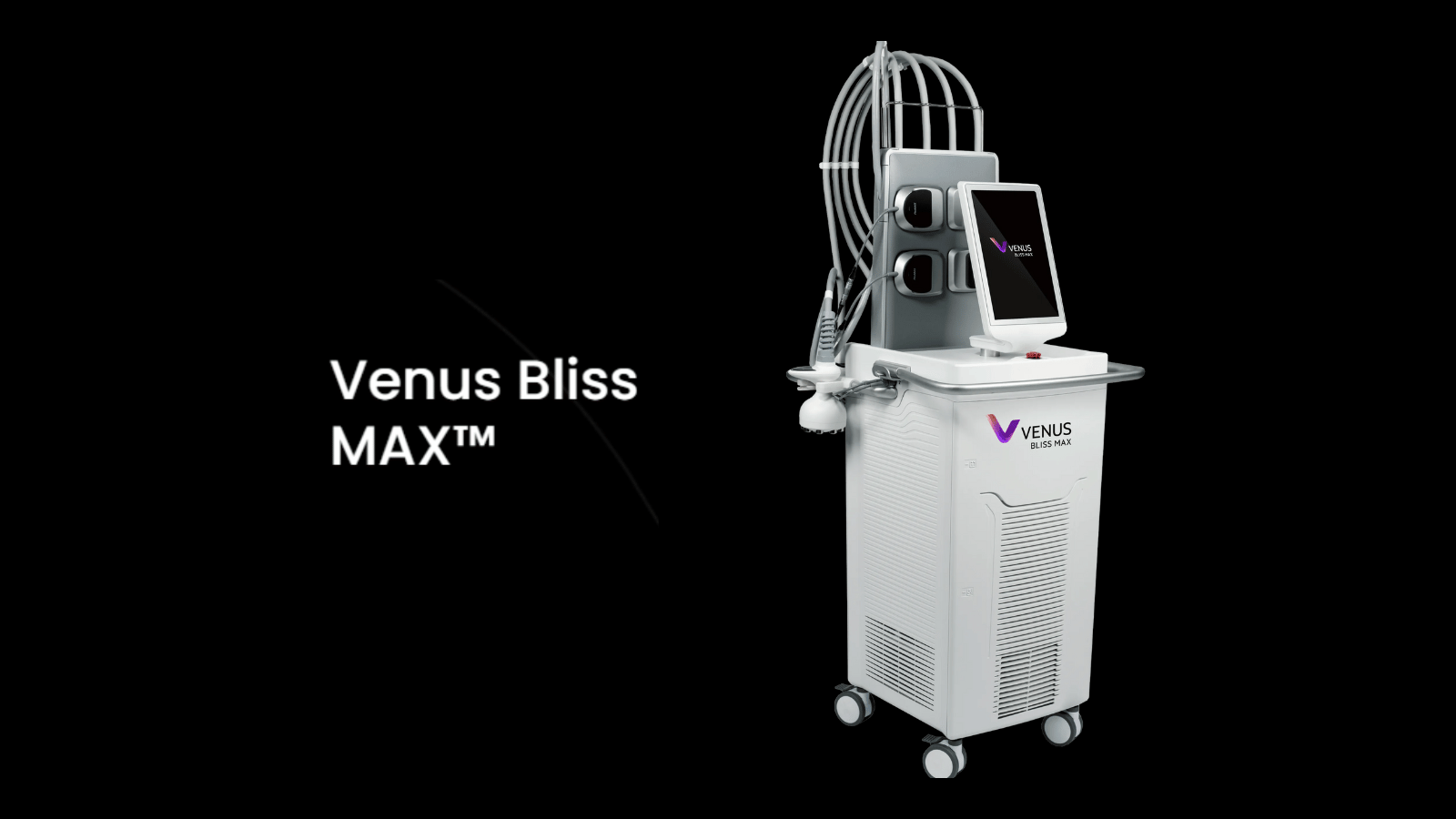Tips for Safe and Effective Laser Hair Removal for Darker Skin Tones

Medical aesthetic practitioners have witnessed explosive demand for hair removal in 2016 with more than a million non-surgical hair removal procedures performed in the United States alone , and this growth isn’t expected to be a phase. Compound annual growth in the global hair removal market is forecast to average 9% through 2022 , reaching $1.35 billion. But there’s one segment of this market that has long been overlooked and is especially poised to grow in the coming years—laser hair removal for patients with darker skin tones.
Here, discover the latest information on hair removal for patients with pigmented skin and how offering hair removal for a wider range of skin types could be a key tactic in growing your aesthetic practice’s patient base.
The History of Laser Hair Removal for Darker Skin Tones
Historically, laser hair removal entailed more risk for people of color or those with tanned skin due to the potential for skin damage. Melanin plays a key role in laser hair removal as the primary target of the laser light; when the melanin surrounding the hair follicle selectively absorbs the energy, this is what disables hair growth. Melanin is the most important component of pigmentation, and its levels determine skin tone. Tanning and lifetime sun exposure can also affect melanin. In fact, any baby, regardless of genetics, is usually much lighter than their parents. Only when they are exposed to the sunlight do they develop a darker skin tone, with melanin production peaking only after the child has reached puberty. Regardless, it’s the presence of melanin in dark skin that increased the potential for some prospective patients to experience burns and hyperpigmentation.
While advances in hair removal device technology now make it possible to safely and effectively perform hair removal treatments on individuals with darker skin tones, there is a gap in information reaching prospective patients. Many are deterred from seeking even a consultation due to outdated information and myths that suggest it’s impossible to safely and effectively treat patients with darker skin tones , but there are ways to counteract this trend.
Facts about Darker Skin Tones and Laser Hair Removal
Lasers have been in use in medicine for decades, but their application for hair removal only took hold in the 1990s. Early lasers were typically very slow and painful, and they only worked on people with dark hair and fair skin. Today, four types of laser are generally used for hair removal, each employing a different medium to amplify optical power:
- Ruby lasers: The first type of laser used for hair removal, the ruby laser has become less popular as more effective technologies have been developed. This laser is indicated for patients with dark hair and light skin (Fitzpatrick types I–III). Because ruby lasers have a narrow light beam, more and longer sessions are needed to obtain results.
- Alexandrite lasers: This laser works on a wider combination of skin tones and hair colors. Alexandrite lasers offer rapid pulses and are most effective on patients with light to olive-toned skin (Fitzpatrick types I–III).
- Diode and Nd:YAG lasers: These laser technologies offer safe and effective results for lighter and darker skin tones (Fitzpatrick types I–VI) due to their use of wavelengths that penetrate more deeply into the skin, reducing the amount of energy absorbed by the epidermis relative to the hair follicle. This improves melanin absorption and protects the epidermis. As the melanin chromospheres absorb heat, it destroys the follicle’s root and blood flow, disrupting or disabling hair growth.
For patients with darker hair and darker skin, studies suggest diode laser hair removal treatments are ideal. For example, a 2015 comparative study of lasers for removing dark hair from Indian skin concluded that diode laser technology offered the best results with 92% hair reduction after eight sessions, compared to 90% for Nd:YAG. The study concluded that diode lasers are most effective for mature, dark hair, though the results were less reliable when treating lighter, finer hair. Diode lasers also offer a faster repetition rate, allowing for quicker treatment of larger areas.
Practical Notes on Hair Removal for Fitzpatrick Types I–VI
Pulse duration is also an important consideration for laser hair removal on darker skin tones. A longer pulse duration, or pulse width, improves safety because the energy is delivered over a relatively longer period of time than shorter pulse durations. Shorter wavelengths and pulse durations can damage the epidermal layer and result in post-inflammatory hyperpigmentation (darkening of the skin) or even hypopigmentation (lightening of the skin).
As well, it’s essential that treatment providers do a test spot on patients before performing a full treatment. Providers can use different levels of intensity to evaluate, but should always ensure that they remain within the parameters recommended by device manufacturers. Take care to observe the skin reaction after 48 to 72 hours, as pigmented skin is often delayed in showing response.
The Main Takeaway
The advent of longer wavelength lasers is helping more patients obtain safe and effective hair removal. Many prospective patients with darker skin tones may not be aware that, with the right laser and under the care of a knowledgeable practitioner, previous contraindications no longer need to be an obstacle to their treatment. Thus, effective marketing strategies, continued education, and awareness of available treatment technologies is imperative to accessing and effectively serving this market segment.
To discover more tips on how to treat patients with a wider range of Fitzpatrick skin types and broaden your patient base with the latest in laser hair removal technologies, download our invaluable report, “The Truth About Laser Hair Removal and Darker Skin Tones.”







